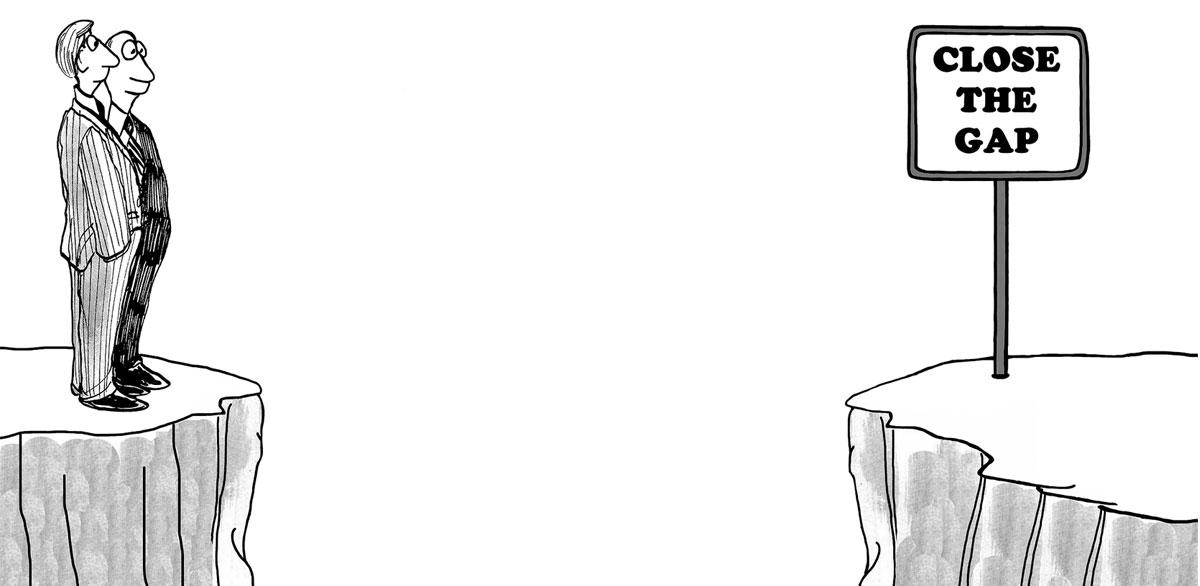 The federal government’s expenses eclipsed revenue by nearly $2 trillion1 in 2024, jumping 8%2 from the prior year. Although the US economy displays resilient growth despite serious challenges, experts warn it’s insufficient to outpace debt accumulation. The colossal $36 trillion national debt demands significant monetary policy changes such as printing limits and spending cuts in addition to economic stimulus.
The federal government’s expenses eclipsed revenue by nearly $2 trillion1 in 2024, jumping 8%2 from the prior year. Although the US economy displays resilient growth despite serious challenges, experts warn it’s insufficient to outpace debt accumulation. The colossal $36 trillion national debt demands significant monetary policy changes such as printing limits and spending cuts in addition to economic stimulus.
The Federal Balance Sheet
Here’s a clear breakdown of the federal government’s total revenue and expenditures:
| Amount | Percentage of GDP | |
|---|---|---|
| Total Revenue | $4.92 trillion | 17.1% |
| Total Expenditures | $6.75 trillion | 23.4% |
| Deficit | $1.83 trillion | 6.4% |
These numbers are alarming and unlikely to change. Nearly half of federal expenses are for entitlement programs such as Social Security, Medicare, and Medicaid, which Americans have paid into with the promise of a payout in the future. Thus, cuts in these areas are not only politically contentious but potentially unconstitutional.
A massive revenue jump is also unlikely. Although U.S. economic growth has been steady, it is far from exponential. Projections paint a grim picture, with the Congressional Budget Office anticipating a $1.9 trillion federal deficit in 2025. In total, President Trump is projected to add just shy of $8 trillion to the debt during his second term.
Why Growth Isn’t the Debt Answer
Although the knee-jerk solution among some politicians and investors is simply to flip on the economic engines and skyrocket out of debt, the numbers don’t add up. The true reason for this imbalance between income and expenses isn’t a lack of revenue—it’s excessive spending.
Here’s the math behind why outgrowing debt isn’t practical under current circumstances:
Debt Growth Outpacing GDP
Over the past 10 years, the national debt has skyrocketed by 86%, while GDP has only increased by 63%. This disparity is highlighted by the debt-to-GDP ratio which currently sits just below 121%, quickly closing the gap toward an all-time high of 126%. Growth cannot be the solution if debt accumulation continues to outrun economic output.
Rising Interest Costs
The financial burden of the national debt extends far beyond its skyrocketing total. The interest payments alone significantly compound the cost of managing the debt, adding to its long-term impact. Currently, interest payments rank as one of the largest expenses in the federal government’s annual budget, even surpassing defense spending.
Inflation-Driven Spending
Several mandatory spending programs such as Social Security, Medicare and Medicaid, and veteran’s assistance are designed to increase with inflation and wage growth. While these mechanisms are beneficial for recipients as living costs rise over time, these adjustments also work to offset economic revenue gains, effectively nullifying economic jumps.
A Roadmap Out of Debt
Tackling the mammoth debt isn’t easy, but there are viable solutions. Economists through the Penn Wharton Budget Model recently outlined a 13-part plan for cutting the debt by $10 trillion in 10 years–$1 trillion per year. Although the roadmap averts painful austerity measures, it does go over some uncomfortable bumps such as a higher retirement age, healthcare overhauls, and increased taxes.
Kent Smetters, Professor of Public Policy and Business Economics at UPenn Warton School, concludes, “It’s a myth that we can grow our way out of this problem. The current pace that we’re on—that’s just really unrealistic.”
MMT is the Biggest Obstacle
The real hurdle is the lack of will among politicians on both sides of the aisle. Neither party wants to put a cap on federal spending or printing because it might harm their reelection bids.
“There’s one thing bipartisan in Washington: spending money and not giving a care about what the result is on the other end.”–
The experimental Modern Monetary Theory (MMT), which assumes debt is an asset instead of a burden, has been the hidden hand guiding economic policies over the past several decades, through Republican and Democrat administrations. The result has been rapidly expanding debt, a weaker dollar, and fiscal instability for everyday Americans.


